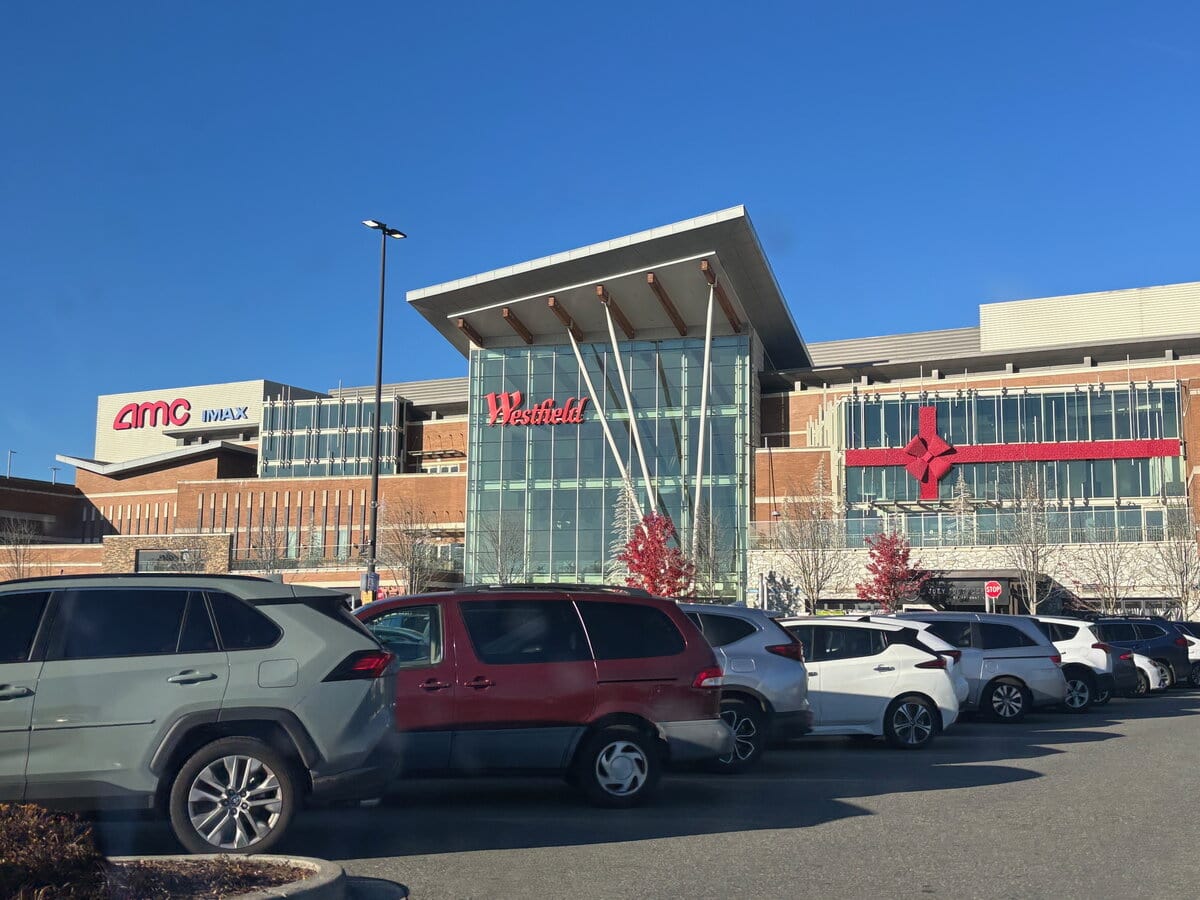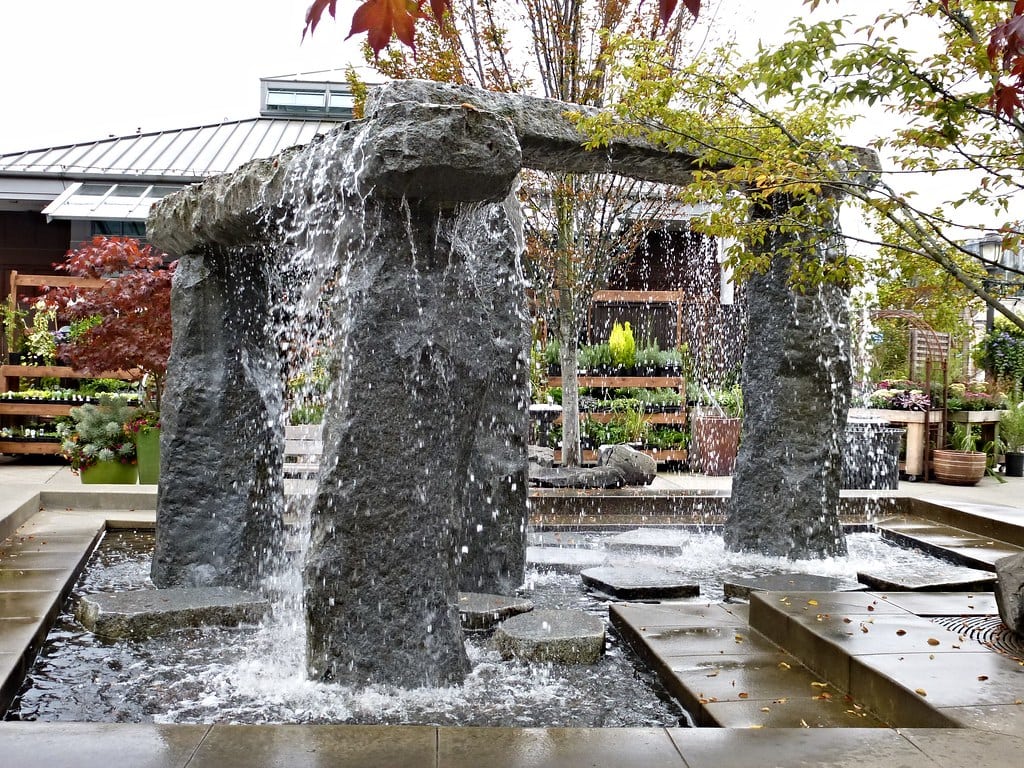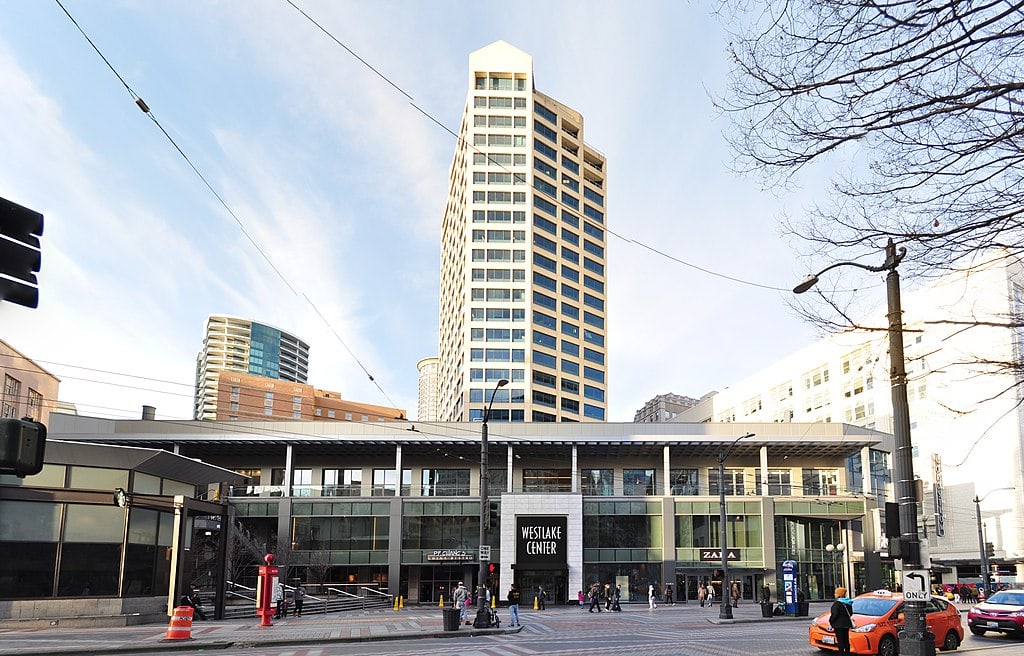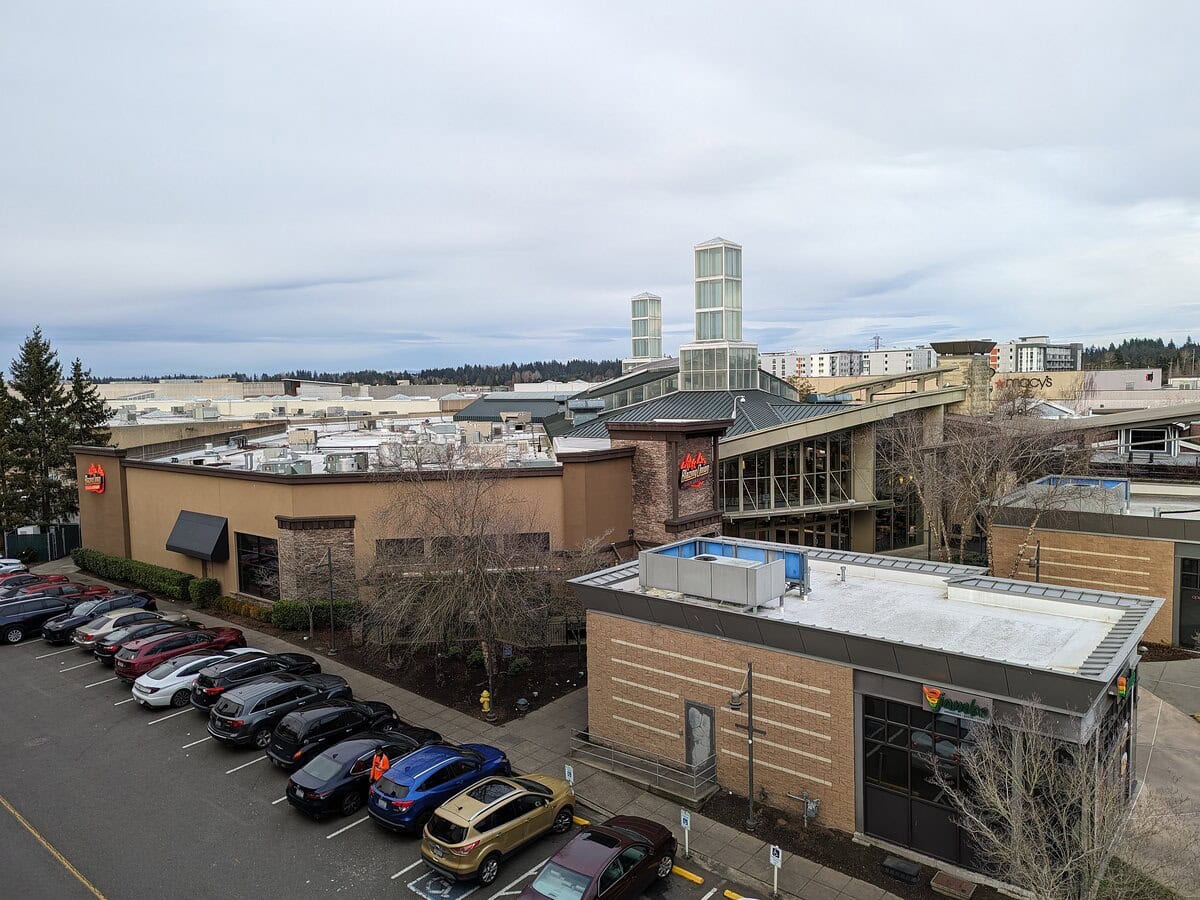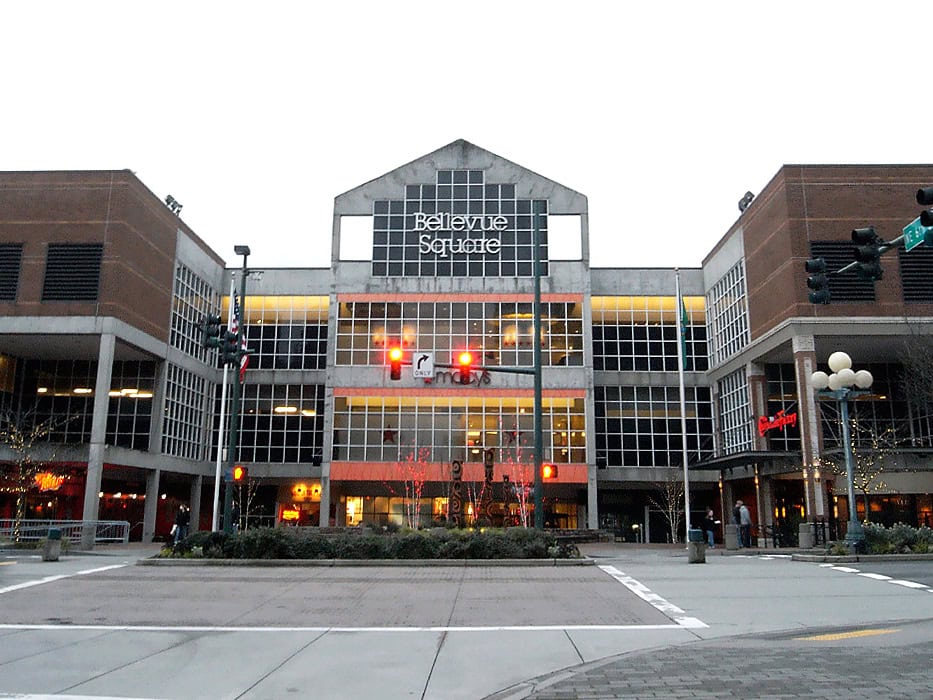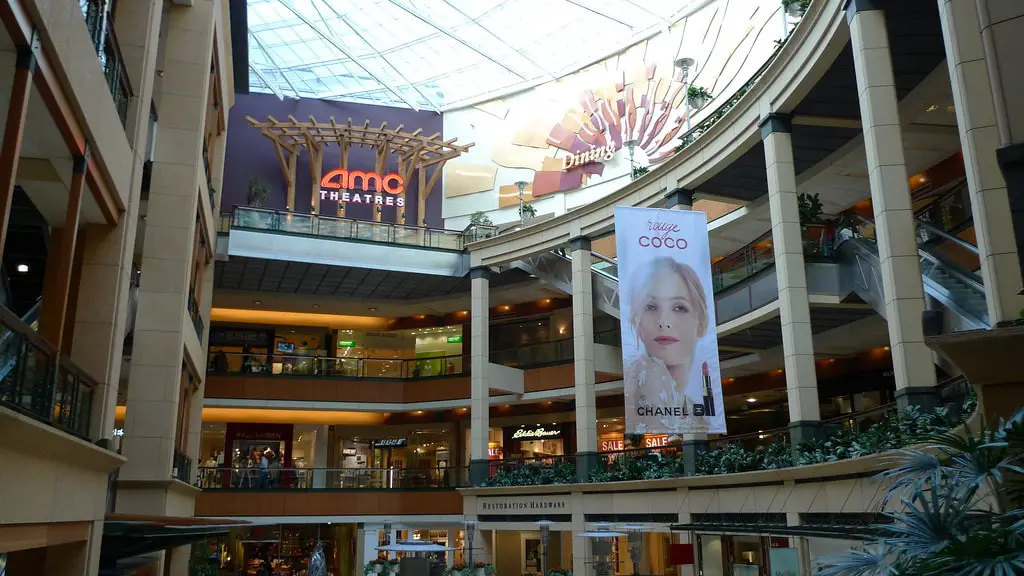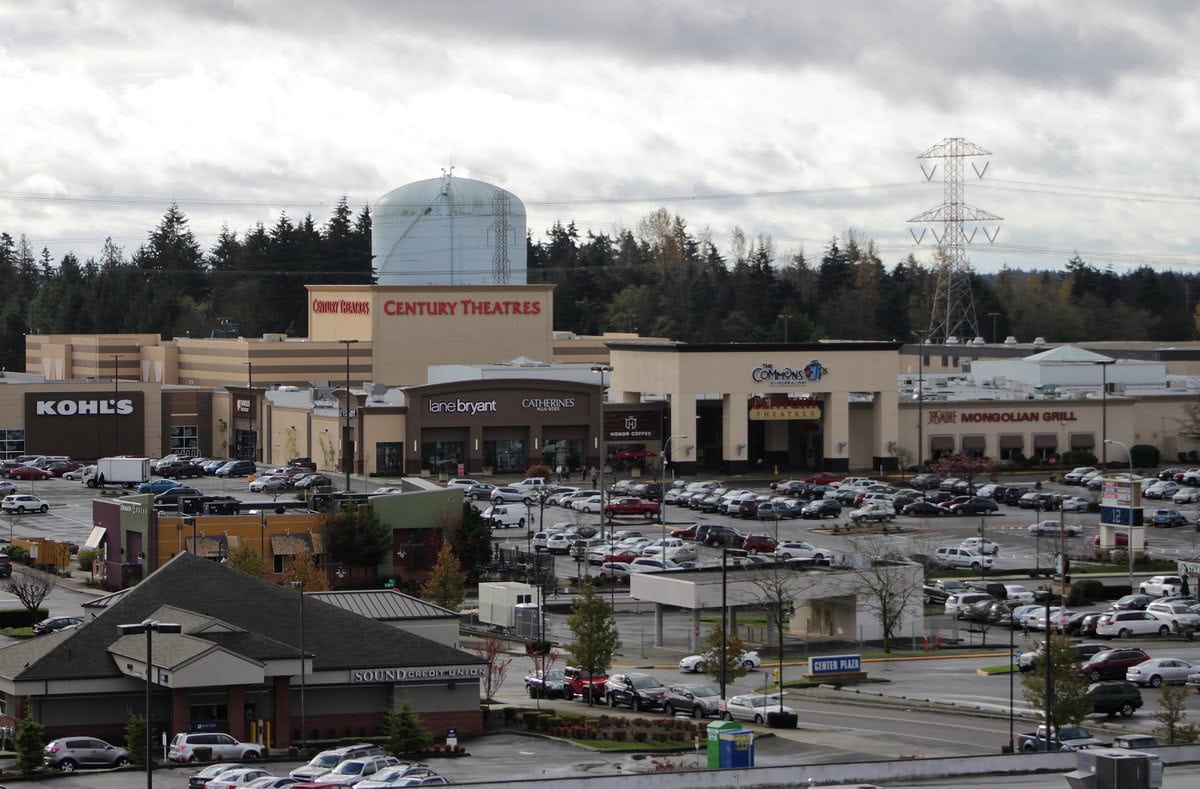Birth of a Giant: The Making of Southcenter Mall
On a patch of marshland in Tukwila, Washington, between two unfinished interstates and a river tamed by a new dam, three men imagined a new kind of city.
It was 1956, and James Douglas, Wells McCurdy, and Rex Allison were thinking in acres, not square feet.
The trio, veterans of Seattle's Northgate Center, had founded Southcenter Corporation as a subsidiary of Allied Stores with a simple aim: to replicate Northgate's success, but grander.
They envisioned a shopping hub for the south end of Seattle, an economic engine large enough to rival downtown itself.
The chosen site, part of the Andover Tract, had been pastureland only a few years earlier. The Port of Seattle wanted it for an industrial park.
Tukwila, sensing an opportunity, annexed nearly 950 acres in November 1957.
Andover, Inc. quickly purchased 550 acres from local owners and, in December, sold 160 acres to Southcenter Corporation for the future mall.
Then came the lawsuit. The Port, unhappy with the sale, threatened to seize the land through eminent domain. The case, Hogue v. Port of Seattle, went to the state Supreme Court.
In June 1959, the court ruled that the Port's 2-mill tax was unconstitutional, ending its industrial ambitions.
The victory cleared the path for Southcenter and its neighboring Andover Industrial Park.
The same year, engineers began dumping fill dirt into the valley's soggy floor, transforming the wetlands into foundations fit for commerce.
By 1965, the first of the vital arteries, Interstate 405, opened between Tukwila and Renton. I-5 followed in early 1967, knitting the region together. Now the mall could rise.

Concrete, Terrazzo, and Champagne: 1967–1968
Construction began in earnest in early 1967. John Graham & Company, the Seattle firm behind Northgate and the Space Needle, took on the design.
The structure required 2,000 pilings driven sixty feet deep, topped with sixteen feet of fill.
Twenty-five general contractors and fifty subcontractors joined the task, their progress slowed by strikes and the occasional theft. A pack of German Shepherds eventually patrolled the site.
Graham's team poured more than 80,000 square feet of terrazzo floors, an indulgent afterthought that became one of the mall's signatures.
They mixed thousands of sacks of cement and marble chips and installed 30,000 feet of zinc strips to divide the panels.
The Bon Marché built a distribution center nearby. A Seattle-First National Bank branch opened that April.
By July 1968, the air inside the building still smelled of plaster and dust, but the stage was ready.
On July 30, a Champagne Preview drew twelve thousand guests and nearly five thousand bottles of bubbly.
The next morning, Governor Daniel J. Evans cut the ribbon. Southcenter Mall officially opened with 110 stores, four anchors, and 3,600 employees.
It was the largest mall in Washington and an instant landmark.
The Bon Marché, JCPenney, Nordstrom Best, and Frederick & Nelson each occupied a wing, their names glowing in fresh neon.
Shoppers admired the terrazzo floors, the climate-controlled air, and a 3,200-pound chandelier glittering in the central court.
The mall wasn't just a place to buy; it was a civic gesture of midcentury optimism.
Retail Kingdoms and Reinventions: 1970s–1980s
Southcenter started the seventies at the top. A big new cinema opened in 1970 with more than a thousand seats, turning a shopping trip into an evening out.
In 1973, Nordstrom added another floor and quietly dropped "Best" from its name.
By then, the mall had become the place people went for almost everything: shopping, lunch, gossip, or just a walk out of the rain.
By 1985, the mood had shifted. Malls were getting older, trying to act like little cities. Southcenter was sold to the Richard E. Jacobs Group from Ohio, a company that knew how to run these places for profit.
Lucky Stores closed, Gary's Market took over for a short time, and then that space turned into the Rainier Food Court in 1989.
Fourteen stalls, fast food everywhere, and the smell of burgers floating through the halls.
The Bon Marché still held its ground at the north end. Frederick & Nelson kept its Garden Room going until the company went under in 1992.
Sears moved into that spot later the same year. Around that time, the mall added a new northeast wing with 86,000 more square feet and a new anchor, Mervyn's.
By the end of the decade, Southcenter had close to 170 stores and was still the biggest name in Seattle's south-end retail world.
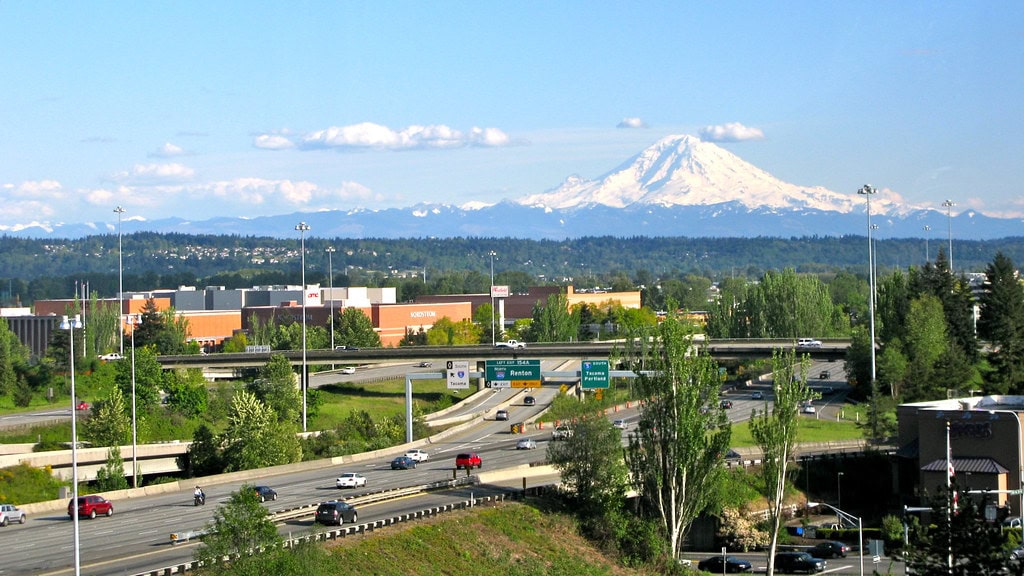
Rebranding and Reinvention: 1990s–2000s
The Richard E. Jacobs Group sold Southcenter in 2002 to Westfield America Trust, which immediately renamed it Westfield Shoppingtown Southcenter.
The new title didn't sit well with locals, who thought it sounded awkward. Westfield eventually dropped the "Shoppingtown" part in 2005. The company had a bigger plan in mind anyway.
The Bon Marché, Seattle's longtime department store, began its transition under Federated Department Stores.
The name changed to Bon-Macy's in 2003 and then simply Macy's by 2005. It marked the end of a familiar name and the rise of a national brand on local turf.
Westfield launched a major expansion soon after.
Ground was broken on May 11, 2006, for a $240 million project that added 400,000 square feet of new space, an AMC theater, and a 90-foot glass entrance framing Mount Rainier.
The new addition opened on July 25, 2008, with Governor Christine Gregoire and Tukwila's mayor addressing a crowd of about six thousand.
The expansion brought the mall's total to 200 stores, five full-service restaurants, two parking garages, and a 16-screen IMAX theater.
H&M, Coach, and Sephora were among the new arrivals. A 19-bay dining terrace looked out toward the mountains. The timing turned out rough, as the Great Recession followed soon after and left several spaces empty.
Even so, the project pushed Southcenter to 1.7 million square feet, securing its spot as the largest mall in the Pacific Northwest.
The Global Era and Cultural Shifts: 2010–2019
A new decade brought new tenants and new ownership structures. Seafood City opened in the former Mervyn's space in 2010, catering to the region's Filipino community.
Borders Books closed in 2011; The Container Store arrived soon after.
The Rainforest Cafe closed in 2016, replaced in 2017 by Din Tai Fung, the Taiwanese dumpling chain that drew weekend lines out the door.
Meanwhile, Westfield split its empire in 2014. Australian properties went to the Scentre Group; U.S. and European malls, including Southcenter, became part of Westfield Corporation.
In 2017, that entity was itself acquired by Unibail-Rodamco for nearly $25 billion.
The new conglomerate, Unibail-Rodamco-Westfield, controlled premier shopping centers from Paris to Los Angeles. Tukwila's mall now belonged to a global portfolio.
Inside, the spaces kept evolving. Round1 Bowling & Amusement opened in 2015 in the old Mervyn's second floor, complete with karaoke booths and Japanese arcade games.
The King County Library Connection, a 5,000-square-foot branch that first opened in 2004, moved downstairs in 2017, quietly reinforcing the mall's civic dimension.
By the late 2010s, Westfield Southcenter had shifted from being merely a shopping center to being a kind of regional town square: part marketplace, part entertainment hub, part social commons.
A Pandemic and a Pivot: 2020–2023
When COVID showed up in March 2020, the mall shut down. The halls were empty for months, the terrazzo floors quiet except for the sound of the air system.
It reopened in June with masks, plastic shields, and shorter hours.
People slowly started coming back.
While it was closed, Westfield started rethinking the place. Stores were shrinking, but food and entertainment were pulling people in.
They drew up plans for the north side: bigger spaces for Lululemon and The North Face, and a new section called Restaurant Row.
The idea was to make eating and hanging out the main reasons to visit.
By the end of 2023, it was all open. The North Face and Lululemon moved into their larger spots, and Restaurant Row took shape along Tukwila Parkway with Gen Korean BBQ, Mr. Dim Sum, and Marugame Udon.
The new area had patios, lights, and music that carried out into the parking lot on warm nights.
Sales were up almost ten percent from the year before. Food and entertainment did even better. The mall had found its balance again, less about shopping and more about giving people somewhere to go.
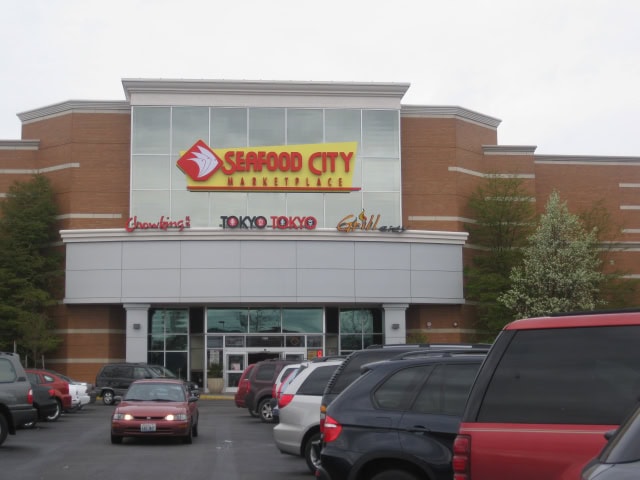
The End of an Era and What Comes Next: 2024–2025
Sears shut its doors on December 15, 2024, ending a thirty-year run at Southcenter.
The closure marked the last Sears in Washington and left only eight stores across the country. The 175,000-square-foot space now stands quiet, waiting for a new plan.
In early 2025, the mall had a few rough days. A fight broke out in the food court, and shots were fired near BJ's Restaurant.
No one was hurt, but the incidents served as reminders that the mall is still part of the world around it.
Despite that, the year moved forward. Toys R Us returned in late 2025 as a seasonal pop-up, a mix of nostalgia and smart timing for the holidays.
Around the same time, Lviv Croissants, a bakery from Ukraine, prepared to open its first American location.
Southcenter still draws more than twelve million visitors a year. Some come to shop, some for a movie, and others just to stretch their legs out of the rain.
Few realize the ground beneath them was once pastureland or that the terrazzo floors required 5,000 sacks of marble chips.
The mall keeps going, adapting again, still holding its place between two interstates and seventy years of Seattle's changing economy.

